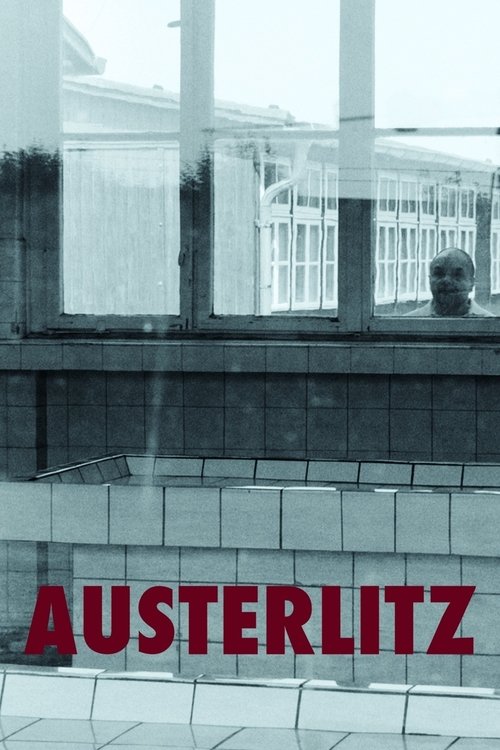
 Disclaimer - This is a news site. All the information listed here is to be found on the web elsewhere. We do not host, upload or link to any video, films, media file, live streams etc.
Kodiapps is not responsible for the accuracy, compliance, copyright, legality, decency, or any other aspect of the content streamed to/from your device.
We are not connected to or in any other way affiliated with Kodi, Team Kodi, or the XBMC Foundation.
We provide no support for third party add-ons installed on your devices, as they do not belong to us.
It is your responsibility to ensure that you comply with all your regional legalities and personal access rights regarding any streams to be found on the web. If in doubt, do not use.
Disclaimer - This is a news site. All the information listed here is to be found on the web elsewhere. We do not host, upload or link to any video, films, media file, live streams etc.
Kodiapps is not responsible for the accuracy, compliance, copyright, legality, decency, or any other aspect of the content streamed to/from your device.
We are not connected to or in any other way affiliated with Kodi, Team Kodi, or the XBMC Foundation.
We provide no support for third party add-ons installed on your devices, as they do not belong to us.
It is your responsibility to ensure that you comply with all your regional legalities and personal access rights regarding any streams to be found on the web. If in doubt, do not use.
 Kodiapps app v7.0 - Available for Android.
You can now add latest scene releases to your collection with Add to Trakt. More features and updates coming to this app real soon.
Kodiapps app v7.0 - Available for Android.
You can now add latest scene releases to your collection with Add to Trakt. More features and updates coming to this app real soon.

Deadpool and Wolverine 2024 - Movies (Oct 1st)
Strange Darling 2023 - Movies (Oct 1st)
Tim Dillon This Is Your Country 2024 - Movies (Oct 1st)
A Quiet Place Day One 2024 - Movies (Oct 1st)
The 430 Movie 2024 - Movies (Oct 1st)
The Curse of the Necklace 2024 - Movies (Oct 1st)
My Penguin Friend 2024 - Movies (Oct 1st)
Speak No Evil 2024 - Movies (Oct 1st)
Cassino in Ischia 2024 - Movies (Oct 1st)
MaXXXine 2024 - Movies (Oct 1st)
Cabrini 2024 - Movies (Sep 30th)
Latency 2024 - Movies (Sep 30th)
Cobweb 2023 - Movies (Sep 30th)
The Great Escaper 2023 - Movies (Sep 30th)
Lee 2023 - Movies (Sep 30th)
Teaches of Peaches 2024 - Movies (Sep 30th)
Stockholm Bloodbath 2023 - Movies (Sep 30th)
Three Old Boys 2024 - Movies (Sep 30th)
Longlegs 2024 - Movies (Sep 30th)
The Moviemakers Scorsese 2023 - Movies (Sep 30th)
The Wasp 2024 - Movies (Sep 30th)
The Late Late Show - (Oct 1st)
Doom at Your Service - (Oct 1st)
The Anonymous - (Oct 1st)
Taskmaster - (Oct 1st)
Letters and Numbers - (Oct 1st)
Bargain-Loving Brits in the Sun - (Oct 1st)
The Block - (Oct 1st)
English Teacher - (Oct 1st)
The 11th Hour with Stephanie Ruhle - (Oct 1st)
Shaun Micallefs Origin Odyssey - (Oct 1st)
All American- Homecoming - (Oct 1st)
The Boulet Brothers Dragula - (Oct 1st)
Matt Baker- Travels With Mum and Dad - (Oct 1st)
Tipping Point Australia - (Oct 1st)
Watch What Happens Live with Andy Cohen - (Oct 1st)
9-1-1- Lone Star - (Oct 1st)
Rescue- HI-Surf - (Oct 1st)
Brilliant Minds - (Oct 1st)
Only Murders in the Building - (Oct 1st)
My Brilliant Friend - (Oct 1st)

They endured the death camps. They hid in remote farms. They fought as partisans in Polish forests. But when the war ended, the struggles of the Holocaust survivors were only just beginning. Destination Unknown paints a uniquely intimate portrait of survival, revealing pain that has never faded but hasn't crushed the human spirit.

Forgotten Transports to Poland is a documentary by Lukáš Přibyl, part of a series that explores lesser-known Holocaust deportations. This film focuses on Jewish deportees sent to little-known camps in eastern Poland during World War II. It highlights their survival strategies and personal stories, offering a human perspective on these largely forgotten events.

Documentary about Finnish Jews during WWII and their unique position as German allies.

Historian James Bulgin reveals the origins of the Holocaust in the German invasion of the Soviet Union, exploring the mass murder, collaboration and experimentation that led to the Final Solution.

“This film is part of a series of films on gay men who survived the Nazi era. I met Walter Schwarze when he was already in his eighties. My camera recorded his first public account of his five-year incarceration as a homosexual at Sachsenhausen concentration camp. He was in his fifties when he met Ali in his hometown of Leipzig; the two men became partners and remained close until his demise. And yet, Walter told me, he felt he had lived in vain because he had not had the good fortune of today's gays, who are able to grow up in freedom. Walter Schwarze died of cancer on May 10, 1998.” Rosa von Praunheim

What would your family reminiscences about dad sound like if he had been an early supporter of Hitler’s, a leader of the notorious SA and the Third Reich’s minister in charge of Slovakia, including its Final Solution? Executed as a war criminal in 1947, Hanns Ludin left behind a grieving widow and six young children, the youngest of whom became a filmmaker. It's a fascinating, maddening, sometimes even humorous look at what the director calls "a typical German story." (Film Forum)